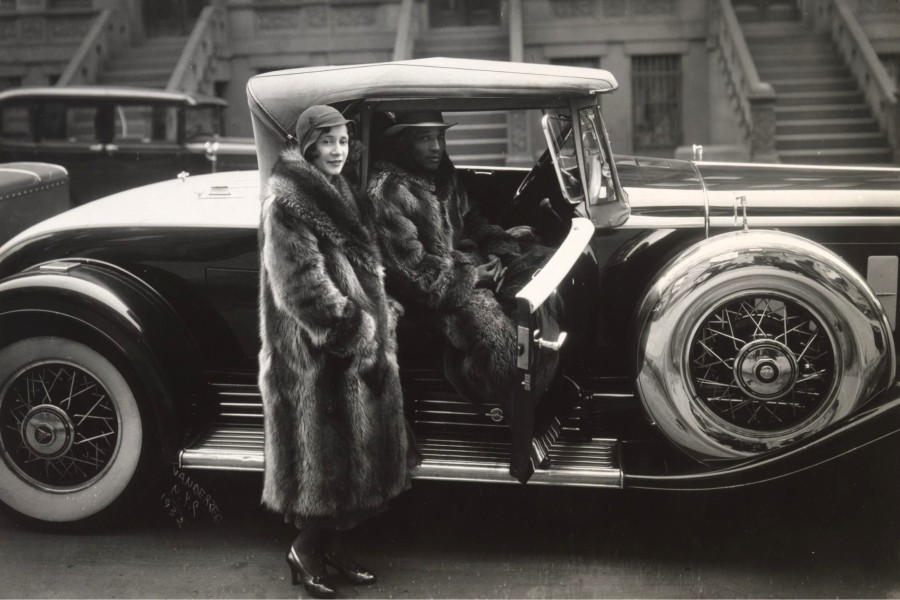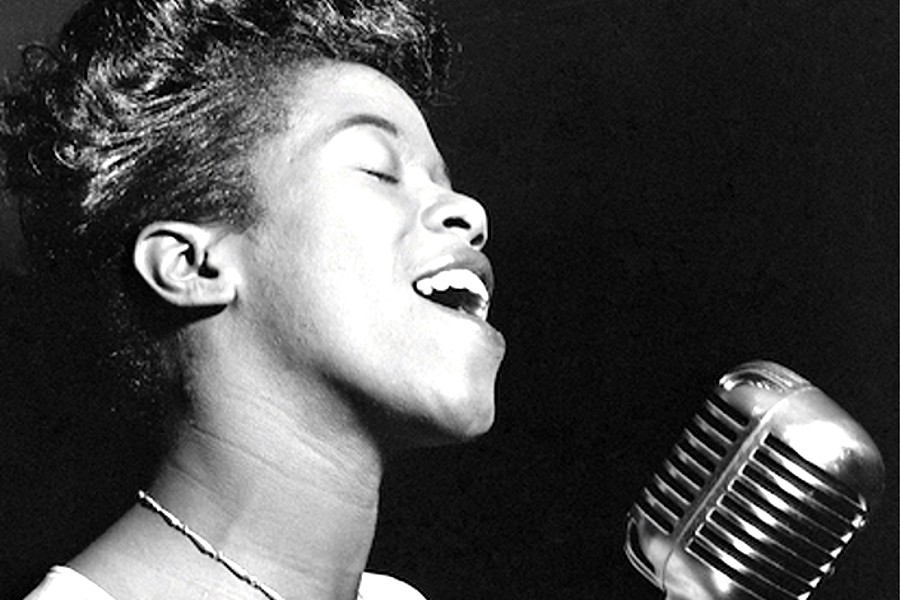
The Harlem Renaissance left an indelible mark on American culture, yet it’s often overlooked in education and the arts (including museums) in the United States.
This oversight stems from a historical pattern of erasing Black Americans’ contributions. However, the Metropolitan Museum of Art aims to change this narrative with its latest exhibition, “The Harlem Renaissance and Transatlantic Modernism,” opening to the public on February 25th, 2024.
The Harlem Renaissance, also known as the New Negro Movement, emerged in the 1920s and ’30s following The Great Migration. It was a pivotal time when Black artists, particularly in Harlem, fostered a cultural renaissance centered on Black identity and dignity.
This movement extended beyond Harlem, encompassing artists from Philadelphia, Chicago, and Europe, but Harlem remained its heart, home to luminaries like Langston Hughes and Zora Neale Hurston.

The exhibition showcases 160 works by Black artists, predominantly focusing on paintings and sculptures. Different galleries explore various aspects of the movement, from Black portraiture blending African-American folk art with European avant-garde techniques to depictions of the rising Black middle class and the vibrant nightlife that shaped Harlem’s culture, notably jazz. The exhibit also features zines like Alaine Locke’s “The New Negro” and Aaron Douglas’ “Fire!!,” addressing taboo topics of the era.
Aaron Douglas, known for his silhouette-heavy murals confronting segregation, occupies two entire walls. His series “Aspects of Negro Life” highlights pivotal moments in African-American history. Additionally, the exhibition showcases works by Laura Wheeler Waring, William H. Johnson, Archibald J. Motley, Jr., James Van Der Zee, and others.
This exhibition is significant for several reasons. It recognizes the Harlem Renaissance as the first African-American-led movement of international modern art. Despite its prominence, it’s the largest survey on the topic since 1987. Curators curated pieces from Historically Black Colleges and Universities, the National Portrait Gallery, and private lenders.
Dr. Denise Murrell, the lead curator, highlighted the personal significance of uncovering these forgotten works. The exhibition celebrates Black history and artists on an unprecedented scale, challenging racial structures in one of the world’s most influential museums.
Ford Foundation president Darren Walker emphasized the importance of museums in shaping societal narratives, and acknowledging past exclusions. Visitors should allocate about two hours to explore the exhibition fully. As they navigate through rooms filled with extraordinary yet often unseen art, they’ll grasp the depth of history, knowledge, and art previously overlooked due to racial biases.

“The Harlem Renaissance and Transatlantic Modernism” offers a rare opportunity to appreciate these great master artworks on a national stage. While it can’t undo past injustices, it’s a step towards acknowledging and honoring the talents of Black artists.
The exhibition opens to the public on Sunday, February 25th, 2024.
Tickets are available for purchase here.
Photo credit: 1) James Van Der Zee. 2) Langston Hughes. 3) Zora Neale Hurston.
- The Rise And Fall Of 65 West 128th Street: A Microcosm Of Harlem’s History
- From Rainforest To Asphalt: Amazon’s Sustainability Report Struggles To Navigate Harlem’s Future
- Broom Drill In A Harlem Church: A Unique 1882 Tradition
- Wells Fargo Shares Economic Impact From Open For Business Fund
- Harlem Rallies For Kamala Harris: A Historic Gathering Of Black Women Leaders
Become a Harlem Insider!
By submitting this form, you are consenting to receive marketing emails from: Harlem World Magazine, 2521 1/2 west 42nd street, Los Angeles, CA, 90008, https://www.harlemworldmagazine.com. You can revoke your consent to receive emails at any time by using the SafeUnsubscribe® link, found at the bottom of every email. Emails are serviced by Constant Contact









